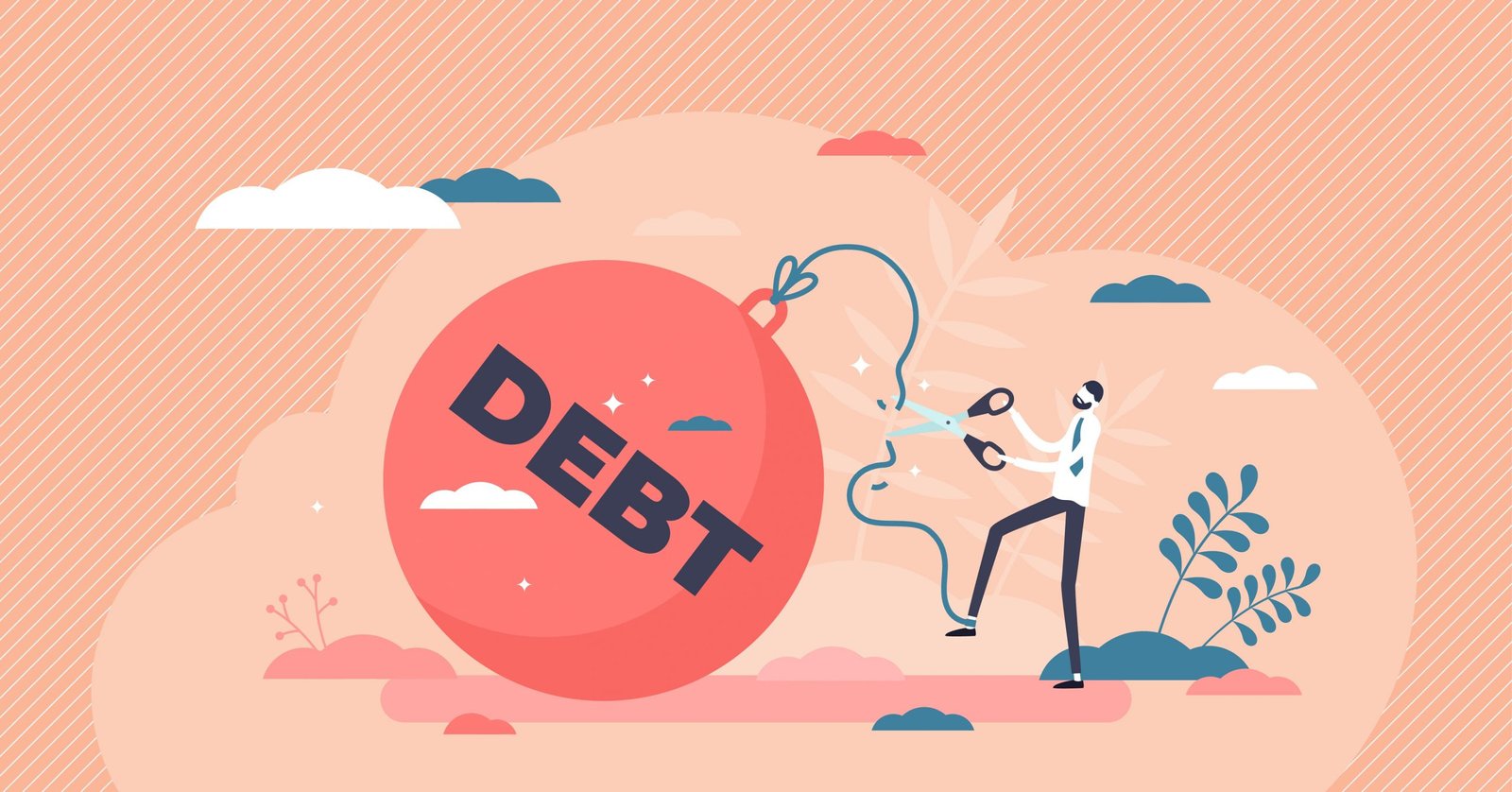Debt can be overwhelming, but relief options are available to help you regain financial stability. This guide explores the top debt relief strategies, their benefits, and how to decide which one is right for you. By understanding your options, you can make an informed decision and take meaningful steps toward a debt-free future.

Understanding Debt Relief
Debt relief refers to strategies and programs designed to reduce, restructure, or eliminate debt. The right approach depends on factors like the type of debt, your financial situation, and your long-term goals.
Top Debt Relief Options
1. Debt Consolidation
What It Is: Debt consolidation involves combining multiple debts into a single loan with one monthly payment. This simplifies repayment and may offer a lower interest rate.
Best For: Individuals with good credit who want to streamline payments.
Pros:
- Lower interest rates.
- Simplified monthly payments.
- Improves credit over time if payments are made on time.
Cons: - Requires a good credit score.
- May involve upfront fees.
2. Debt Management Plans (DMPs)
What It Is: Offered by credit counseling agencies, a DMP negotiates reduced interest rates and monthly payments with creditors. You make one monthly payment to the agency, which distributes it to creditors.
Best For: Those struggling to manage multiple credit card payments.
Pros:
- Lower interest rates and fees.
- Structured repayment plan.
- Professional guidance.
Cons: - May take 3–5 years to complete.
- Accounts may be closed during the plan.
3. Debt Settlement
What It Is: Debt settlement involves negotiating with creditors to reduce the total amount owed in exchange for a lump-sum payment.
Best For: Individuals with significant debt who are unable to make regular payments.
Pros:
- Reduces the total debt amount.
- Avoids bankruptcy.
Cons: - Negative impact on credit score.
- Creditors are not obligated to settle.
- May incur tax consequences.
4. Bankruptcy
What It Is: Bankruptcy is a legal process that helps individuals eliminate or repay debts under the protection of the court. Common types include Chapter 7 (liquidation) and Chapter 13 (repayment plan).
Best For: Those with overwhelming debt and no other viable options.
Pros:
- Provides a fresh start.
- Stops collection actions and lawsuits.
Cons: - Severe impact on credit score.
- Remains on your credit report for 7–10 years.
5. Balance Transfer Credit Cards
What It Is: A balance transfer card allows you to transfer high-interest credit card debt to a card with a 0% introductory APR for a limited period.
Best For: Those with manageable debt and good credit.
Pros:
- Saves money on interest.
- Can pay off debt faster.
Cons: - Requires a good credit score.
- High interest rates after the introductory period.
6. Home Equity Loans or HELOCs
What It Is: Borrowing against the equity in your home to pay off high-interest debt.
Best For: Homeowners with significant equity and stable income.
Pros:
- Lower interest rates.
- Potential tax benefits.
Cons: - Risk of losing your home if you default.
How to Choose the Right Debt Relief Option
1. Assess Your Financial Situation
- Calculate your total debt, monthly income, and expenses.
- Determine your debt-to-income ratio (DTI).
2. Identify Your Goals
- Do you want to pay off debt quickly, lower monthly payments, or improve your credit score?
3. Research Your Options
- Understand the pros, cons, and eligibility requirements of each option.
- Seek advice from reputable financial advisors or credit counselors.
4. Consider Long-Term Impacts
- Some options, like bankruptcy or debt settlement, may harm your credit in the short term but provide long-term relief.
- Balance your immediate needs with future financial health.
5. Avoid Scams
- Watch out for companies promising instant debt relief or charging high upfront fees.
- Verify credentials and check reviews before committing.
When to Seek Professional Help
If you’re unsure about the best approach, consider consulting a credit counselor or financial advisor. These professionals can assess your situation and recommend a tailored solution.
Conclusion
Choosing the right debt relief option requires understanding your financial situation, researching your choices, and weighing the benefits and risks. While the journey to becoming debt-free can be challenging, the right strategy can provide the relief and peace of mind you need. Take the first step by exploring your options and seeking guidance when necessary. Your financial freedom is within reach.











